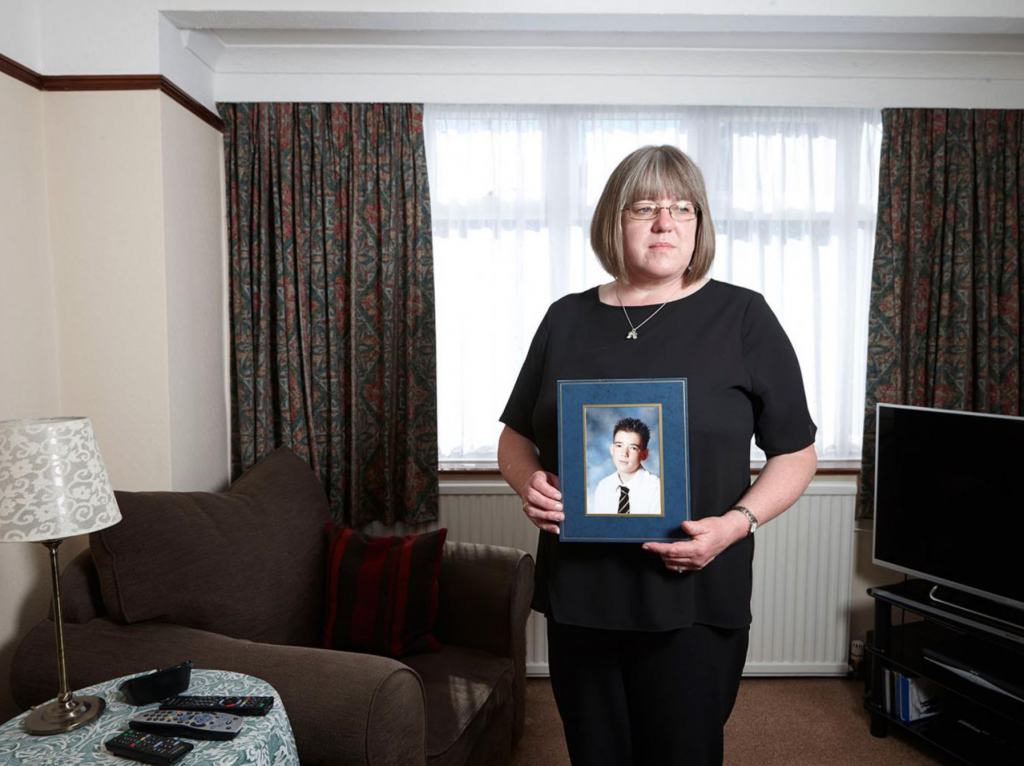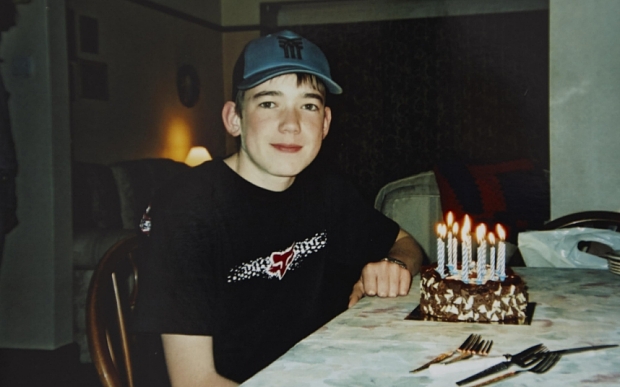
How did a perfectly normal British teenager end up fighting in Somalia as a recruit for the Al Qaeda-affiliated group Al Shabaab?
How did a perfectly normal British teenager end up fighting in Somalia as a recruit for the Al Qaeda-affiliated group Al Shabaab?
Peter Beard’s documentary “My Son the Jihadi” follows the life of traumatized mother Sally as she struggles to come to terms with her estranged son’s transformation from a ‘normal teenage lad’ to Abdul Hakim, the violent Islamic extremist. Through this lens, we see a mother who is torn between the love for her child and a disgust at his actions in a faraway land. She admits, “I’m ashamed of him, but he’s still my son”.
The documentary, predominantly filmed in the UK, portrays the dull reality of English suburban life. We are presented with Thomas’ childhood story growing up in an agnostic and ordinary British household. We soon learn that Thomas’ life was punctuated by a series of upsets; a father who left the family, a group of unsavory friends, loss of a girlfriend and eventual involvement in petty crime. While this is a set of negative, and potentially damaging experiences, it is by no means unusual in modern Britain, and it fails to fully explain his rapid descent into the world of violent Islamic extremism.

Thomas developed an interest in Islam at the age of 18, attending a mosque and making a journey to Gaza. As a result of his conversion to Islam, his relationship with his mother and brother began to quickly deteriorate. The story then picks up some time after Thomas has journeyed to Somalia. His mother’s only contact with her son is through sporadic phone calls. We witness her confusion as we learn of Thomas’ new 13-year-old Somali wife, who also begins to contact Sally.
Frustrated and desperate, Sally enlists the help of a de-radicalization expert, Mike Jervis, from the Muslim charity Active Change Foundation. He is a positive figure, with punchy language and a reassuring manner. He outlines a strategy for her to follow in an attempt to persuade her son to return home. Yet, we never learn whether this strategy was successful.

Sally soon discovers her son is dead after recognizing him in a post on Twitter that displays photos of fighters who have been killed. Even at that moment, as is the case throughout the film, her emotions are buried deep inside of her and her facial expression displays blank helplessness. Shortly after discovering the news, we again witness her conflicting emotions. While mourning her son’s death, she declares, “He will be burning in Hell.”
The picture of a young man who has lost hope in himself and the world around him is painted – the perfect conditions under which recruitment and radicalization can take place.
The film exposes the tactical and extensive system of recruitment that exists to prey upon the minds of the weak so as to fill the ranks of extremist groups fighting abroad. It reminds us that Thomas’ case is not unusual and that as many as 1000 young Britons have left to fight for such groups abroad. However, this film is not, at its core, about Islamic extremism, but is rather the sad tale of a mother and her son’s personal tragedy.
—
“My Son the Jihadi” had its Balkan premiere during the 3rd annual War Art Reporting and Memory (WARM) Festival. The WARM Festival took place in Sarajevo from 26 June to 2 July 2016. Organized by the WARM Foundation in collaboration with the Post-Conflict Research Center (PCRC), the Festival brings together artists, reporters, academics and activists around the topic of contemporary conflict.






